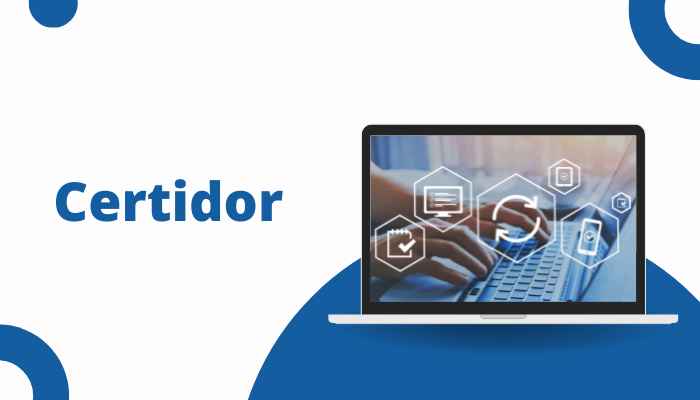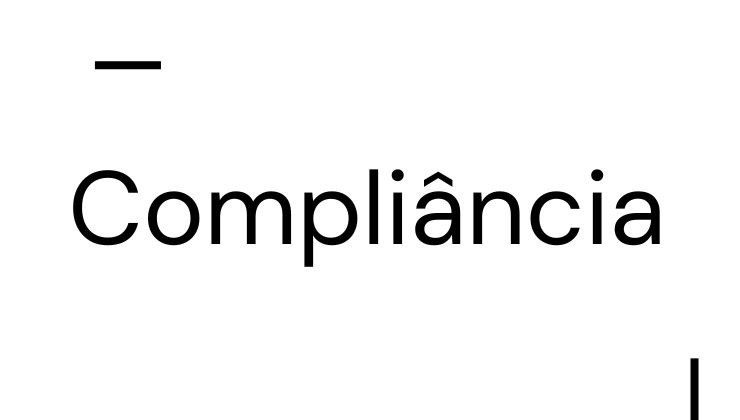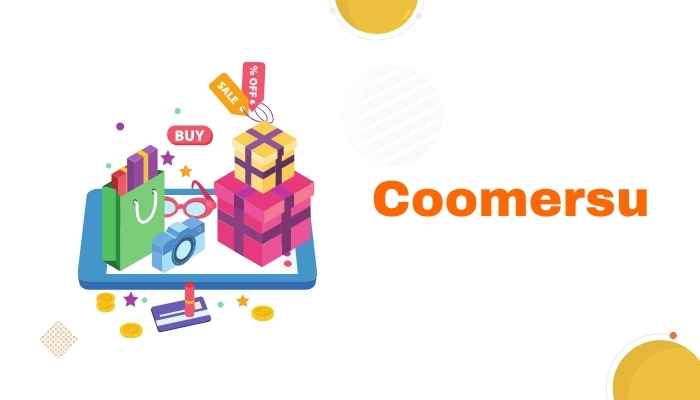SSIS-816: The Ultimate Guide to Data Integration and ETL Processes

In the era of data operations in the business realm, enterprises heavily depend on advanced tools and systems to handle, merge and examine extensive quantities of data. “SSIS-816” Stands out as an intricate solution crafted to simplify the procedures for integrating, transforming and loading data.
What is SSIS-816?
“SSIS version 816 represents SQL Server Integration Services version 816 by Microsoft. A data integration tool suited for managing data transformations and automating workflows, on premise as well as cloud settings.”
The latest SSIS version (SSIS-816) comes with upgraded functionalities that enhance performance levels and security measures while also improving integration and workflow management capabilities.
Key Features of SSIS-816
SSIS 816 provides a variety of functions that businesses favor for managing datasets and intricate ETL operations making it a top pick in the industry.
1. Enhanced Performance Optimization
- Parallel Execution: SSIS version 816 enhances the method of running tasks simultaneously to boost the effectiveness of workflows, in general. This functionality plays a role in data processing tasks requiring timely execution for optimal results.
- Resource Throttling: It involves enhanced control over resource management to enable users to adjust system resources during workloads and prevent SSIS from dominating system activities.
2. Improved Data Connectivity
- Support for Multiple Data Sources: Seamless integration with data sources is a feature of SSIS version 816 as it enables connection to SQL databases and cloud storage platforms such as Azure along with third party APIs.
- Enhanced Cloud Integration: Improved Cloud Integration enables users to handle data transfers, between their systems and cloud environments while offering enhanced support for popular services such as Azure Data Factory and Azure SQL Database.
3. Security Enhancements
- Data Encryption: SIS 816 provides security protocols for safeguard data both when stored and during transmission particularly crucial, for organizations managing personally identifiable information (PII).
- Role-Based Access Control: You are now able to specify access rights at points in the ETL workflows to restrict data access, to approved individuals only.
4. Integration with Advanced Data Analytics
- SSIS 816 improves its capability to work seamlessly with cutting edge data analysis tools, like “Microsoft Power BI” and “Azure Synapse Analytics.” This upgrade allows for data visualization and more in-depth analysis after the ETL process.
5. Workflow Automation
- Custom Workflow Development: This feature enables users to build tailored workflows by utilizing.NET scripting and various programming languages.
- Automated Scheduling: Automated Scheduling makes it easier by including scheduling tools that automate data integration jobs to ensure ongoing ETL operations.
Benefits of Using SSIS-816
1. Scalability: SSIS 816 is created to adjust to your company’s growth requirements effortlessly. Whether you’re managing amounts of data or massive terabytes of information effectively.
2. Cost-Efficiency: With its automated functions and optimization capabilities included in software tool help cut down on the work required for ETL processes which ultimately saves time and lowers labor expenses.
3. Flexibility: It is a feature of SSIS 816 as it enables users to design workflows, for different business situations with ease and adaptability to multiple data formats, in various industries.
4. Real-Time Data Processing: Real time data processing is essential for businesses seeking insights and fast decision making capabilities. SSIS Version 816 facilitates real time data integration to support this need.
How to Get Started with SSIS-816
To maximize the potential of SSIS-816, you need to understand how to set it up effectively.
1. Installing SSIS-816
SSIS‐816 can be accessed within the “SQL Server Integration Services” bundle, either by opting for the “Integration Services” feature during SQL Server setup or, by installing it in cases where the complete SQL Server configuration is not included in your environment.
2. Configuring Your First ETL Pipeline
- Extract: Choose the data origins you prefer. It could range from SQL databases to storage systems in the cloud.
- Transform: Modify data using transformation techniques like cleaning up data or filtering and summarizing it.
- Load: Store your cleaned and transformed data in a designated location such as a data warehouse or reporting system of your choice.
3. Using the SSIS-816 Designer
The SSIS 816 Designer offers a drag and drop interface to build ETL pipelines effortlessly. You can visually map out workflows, establish connections between tasks and specify transformation rules.
Best Practices for Optimizing SSIS-816
To maximize the potential of the SSIS‐816 platform capabilities and performance reliability. It is advisable to adhere to recommended guidelines and follow practices consistently.
1. Optimize Data Flow: To boost data processing efficiency with datasets consider implementing data flow enhancements, like partitioning and indexing to cut down on loading times.
2. Monitor System Resources: Monitor CPU and memory usage during ETL operations. It offers tools to visualize system performance, allowing you to identify and address bottlenecks.
3. Leverage Logging: In SSIS version 816 to enable logging of errors and warnings for tracking execution history and enhancing troubleshooting capabilities, for improving future performance.
4. Secure Sensitive Data: Make sure to encrypt any information (PII) or sensitive data and employ role based access control to restrict access to important data and functions.
Real-World Applications of SSIS-816
It Finds application in industries for handling data management responsibilities showcasing its versatility, in real world scenarios.
1. E-commerce: In the world of online shopping known as e-commerce is implemented to merge information, from sources like sales records inventory details and customer databases into a system, for immediate analysis.
2. Healthcare: Healthcare facilities utilize for overseeing information to meet requirements, like HIPAA and facilitate secure data exchange, among various departments.
3. Finance: Finance companies use the system to handle data transformations and detect fraud on a scale by bringing together data from different sources and analyzing it instantly in real time.
Conclusion
“SSIS-816” proves to be an asset for companies seeking data merging and transformation with added security measures and smooth cloud compatibility – making it a key player in contemporary data management approaches.
By using recommended methods and tools effectively, companies can expand operations, reduce costs, and gain valuable insights from data. This makes SSIS. 816 An asset in sectors where data holds importance in day to day functions and strategic choices.




